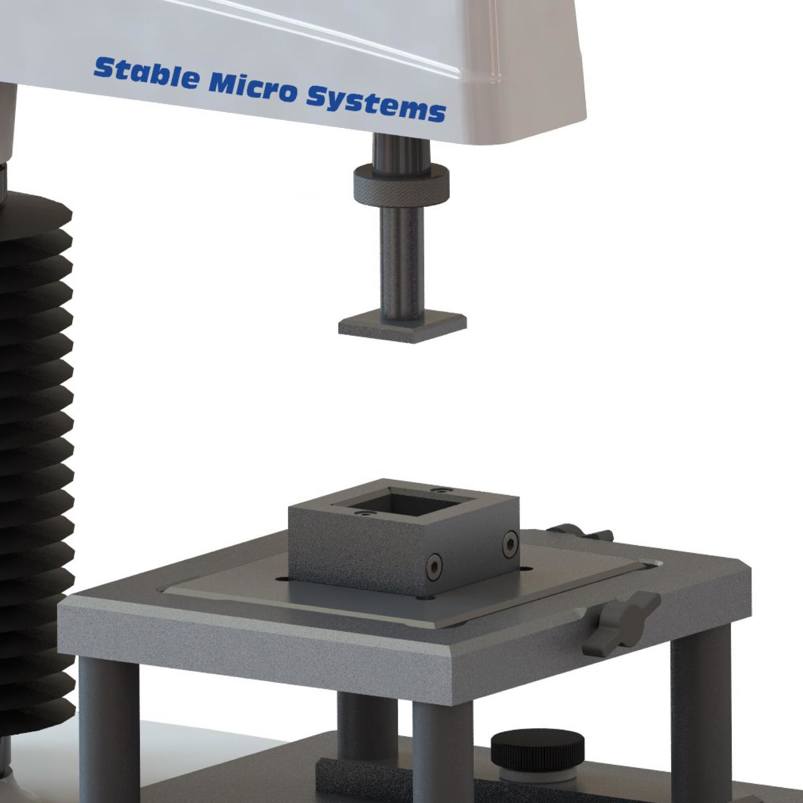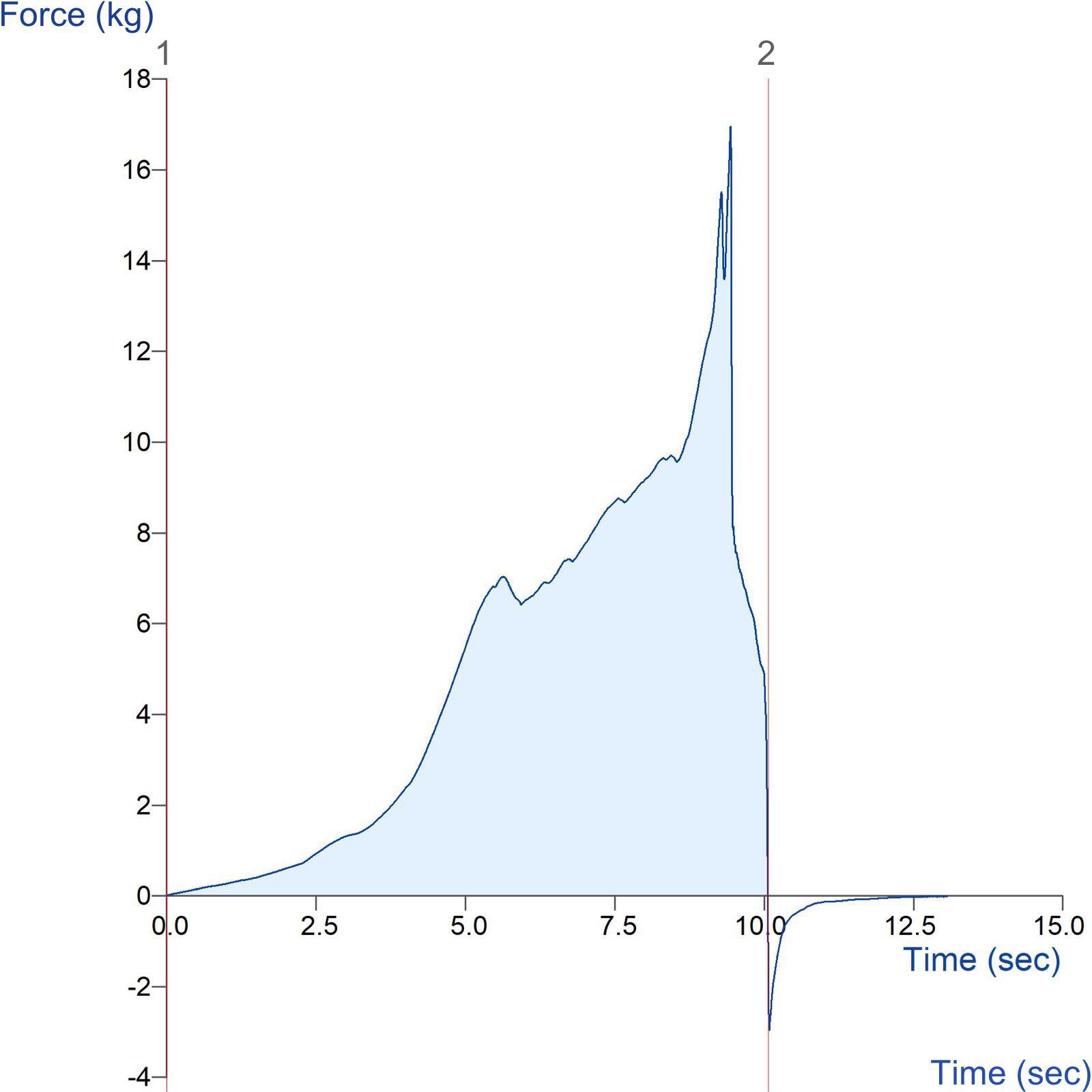Product overview
Cooking quality is an important quality characteristic for pulses (e.g. peas, lentils, chickpeas, and beans) because they are commonly consumed after cooking in various types of foods. Cooking is required to ensure acceptable sensory quality. Texture/firmness is one of the most important quality factors influencing consumer acceptance of cooked pulses. Thus, evaluation of the texture/firmness of cooked pulses is critical to the determination of cooking quality. There are several methods available for measuring the texture/firmness of cooked pulses, both subjective and objective, but no universally accepted method exists.
Members of the AACCI Approved Methods Technical Committee developed a standard method for the determination of the firmness of cooked pulses (AACCI Standard Method 56-36.01). A collaborative trial based on ten laboratories analysing 26 blind duplicates of thirteen different samples were tasked to evaluate the repeatability and reproducibility of the method. Statistical analysis of the collaborative data indicated that within-laboratory relative standard deviation of samples range from 2.45 to 7.24%, and the among-laboratory relative standard deviation ranged from 4.23 to 8.80%.
After cooking, according to the standard preparation procedure, the firmness of pulse samples is determined using a Texture Analyser loading approximately 7.5g of cooked sample into a Mini Kramer Shear Cell. The sample is compressed and extruded at 1.5mm/s. The firmness of the cooked sample is defined as the maximum force required to shear the cooked sample and expressed as the maximum shear force per gram of cooked sample (N/g of cooked sample). Firmness values should be an average of six determinations.
How does the Miniature Kramer Shear Cell work?
Ideal sample form
Small cooked pulses.
Benefits and limitations
- Sample testing size is limited but allows testing to lower force capacity
Technical information
Installation
Full installation instructions are provided within the Education Zone of the latest Exponent/Connect software version and on the technical information sheet accompanying this product.
Chemical compatibility
Stable Micro Systems probes and attachments are commonly made from four materials: anodised aluminium (AA6082 T6), stainless steel (316 T), Delrin (acetyl copolymer) and Perspex (polycarbonate).
In general use, probes and attachments made from these materials will be suitable for testing food products and inert non-food materials.
The four materials listed above are not universally resistant to all types of chemicals and as such the compatibility of the probe/attachment material with the product (to be tested) must be established to prevent damage to the probes and attachments. If the compatibility of the product with the probe is unknown to the customer then the chemical information about the product (Material Safety Data Sheet or Product Data Sheet) should be submitted to Stable Micro Systems. Stable Micro Systems will then assess the suitability of the probe/attachment material for use with the product and advise accordingly. If this advice is not sought then Stable Micro Systems will not accept liability for probes/attachments damaged by chemical attack from the product being tested.
Cleaning and maintenance
All probes and attachments may be cleaned in warm (or hand hot) water using a mild detergent. A soft brush may be used but abrasive cleaning aids should be avoided. Stable Micro Systems products should not be microwaved or cleaned in a dishwasher.
Screw threads should be lightly lubricated after drying using a light lubricant, e.g. petroleum jelly, mineral oil. This will aid the fitting and unscrewing of the item. Each component of a probe or attachment should be wrapped separately when stored, to avoid scratching or chipping. This will safeguard against any unnecessary damage to the accessory.



